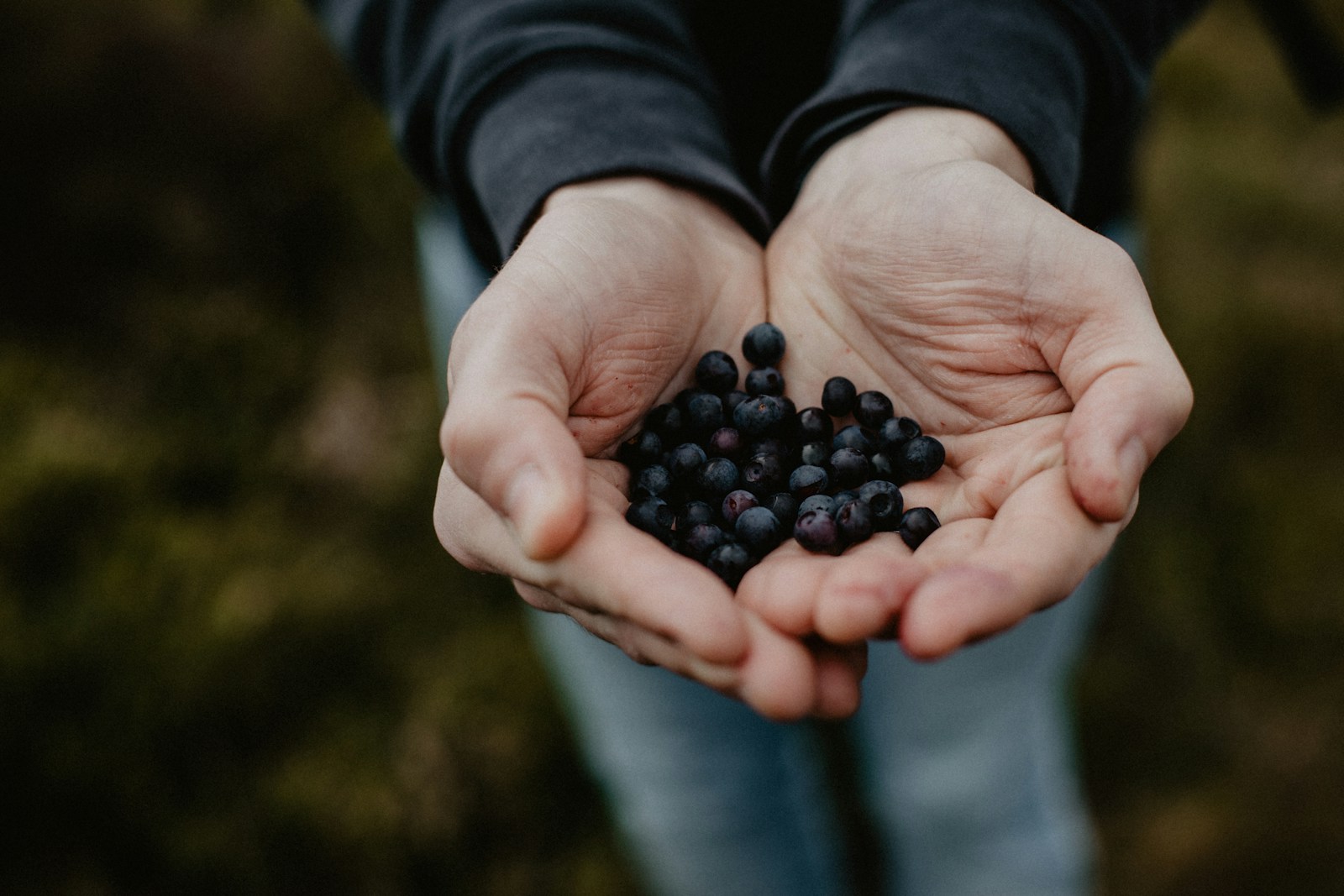Introduction to Foraging
Foraging—the ancient art of gathering wild food—is an enriching practice that connects us with our past and brings us closer to our natural environment. Beyond the thrill of finding and picking your own food, foraging can enrich your diet with diverse, organic, and nutritious ingredients that are often not available in stores.
However, foraging comes with necessary precautions. It’s vital to forage responsibly by understanding the local flora, adhering to laws and regulations, and recognizing the ethical implications of harvesting from the wild. This guide will provide you with the knowledge to start foraging safely and sustainably.
Legal and Safety Considerations
Before you venture out with basket in hand, it’s important to familiarize yourself with the local laws pertaining to foraging. Many areas have specific regulations about what, where, and how much you can forage to prevent ecological damage or the depletion of native species.
Safety is paramount. Misidentifying plants can have dangerous, even fatal, consequences. Always use reliable resources or the expertise of a knowledgeable guide to confirm the identity of plants. Remember, if in doubt, leave it out!
Foraging Ethics and Sustainability
Foraging should always be done with mindfulness and respect for nature. Here are key principles to ensure that you forage ethically and sustainably:
- Take Only What You Need: It’s tempting to take more when nature offers its bounty, but responsible foragers harvest sparingly to avoid depleting resources.
- Spread the Harvest: Avoid repeatedly harvesting from the same area or plant to give nature a chance to regenerate.
- Educate Yourself About the Ecosystem: Understanding the role each plant plays in its ecosystem helps prevent harmful disruptions.
Seasonal Foraging Guide
The availability of edible plants varies by season, offering a rotating menu to foragers throughout the year. Here’s what to look for from season to season:
Spring
Spring awakens the landscape with a variety of tender, young shoots and early blooms. Look for:
- Morels: Distinctive sponge-like mushrooms that are prized for their flavor. Found under deciduous trees in early spring.
- Ramps (Wild Leeks): These have a strong garlic-onion flavor and are often found in moist, wooded areas.
- Wild Asparagus: Appears along ditch banks and in meadowlands. Snap them at the base where they break easily.
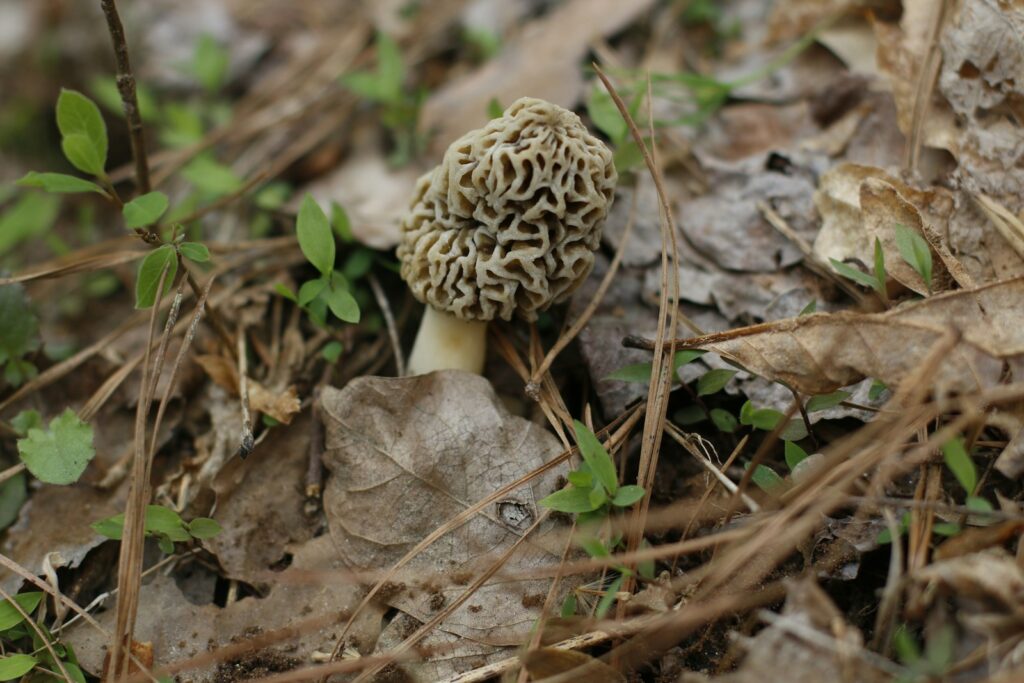
Summer
As the season heats up, so does the variety of plants:
- Berries: Blackberries, raspberries, and blueberries are common. Always ensure they are fully ripe before picking.
- Wild Herbs: Look for mint, wild oregano, and thyme. Use them fresh or dry them for later use.
- Edible Flowers: Such as dandelions and daylilies, which can add a splash of color and flavor to salads.
Fall
Fall’s cooler weather brings a second wave of crops, including:
- Nuts: Such as acorns, walnuts, and hazelnuts. These require processing to be edible but are rich in nutrients.
- Late Berries: Like elderberries and rose hips, which are high in vitamin C.
- Roots: Such as burdock and Jerusalem artichokes, can be harvested before the ground freezes.
Winter
Even in the colder months, foraging can yield sustenance:
- Pine Needles: Rich in vitamin C, pine needles can be used to make a revitalizing tea. Ensure you’re picking from non-toxic species.
- Bark: Such as from birch trees, can be dried and ground into a flour substitute.
Plant Profiles
Each plant you forage will have unique characteristics. Here’s what to look for with some common ones:
Morels (Morchella spp.)
- Unique Characteristics: Morels have a distinctive honeycomb appearance on their cap, which is attached directly to the hollow stem. The entire mushroom is hollow from top to bottom.
- Season: Typically found in early spring, especially after rain and in areas with disturbed ground, like burn sites.
- Safety Tip: True morels are completely hollow when sliced longitudinally, whereas false morels contain cotton-like fibers or chunks of tissue inside the stem and are toxic.



Ramps (Allium tricoccum)
- Unique Characteristics: Ramps have broad, flat leaves that are silky and vibrant green, often with a burgundy or purple tinge at the lower stem. They emit a strong onion-garlic scent.
- Season: Available from late spring to early summer before the forest canopy thickens.
- Culinary Use: Both the leaves and bulbs are edible, favored for their robust flavor, excellent in pestos, omelets, and as seasoning.
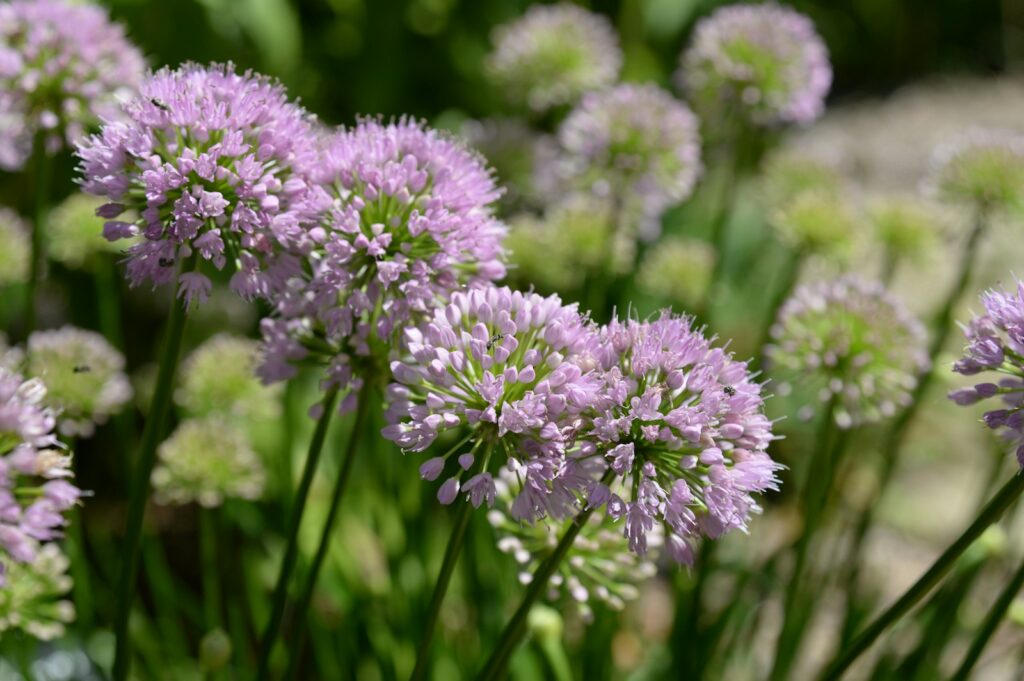

Wild Asparagus (Asparagus officinalis)
- Unique Characteristics: Wild asparagus stalks are thinner and more fibrous than cultivated varieties, with a feathery foliage that is denser and more spread out.
- Season: Best harvested in the late spring when the shoots are just emerging and are still tender.
- Harvesting Tip: Snap the stalks at ground level where they naturally break off; this ensures the picked part is tender.
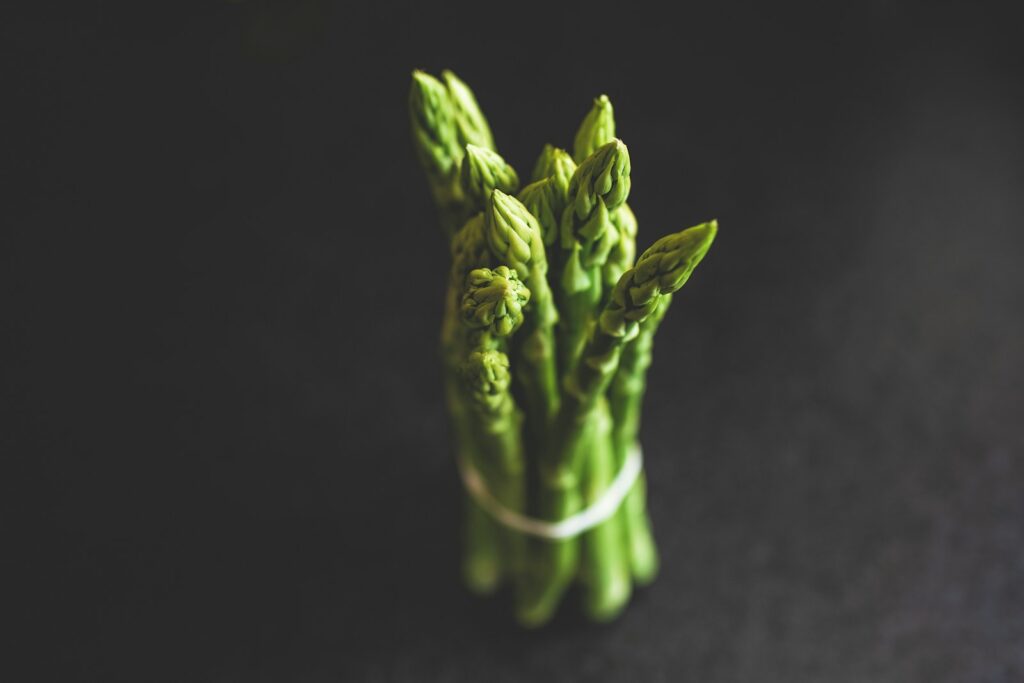

Dandelion (Taraxacum officinale)
- Unique Characteristics: Features bright yellow flowers and deeply toothed, lance-shaped leaves. The plant has a milky sap and forms a rosette at the ground.
- Season: Young leaves are best harvested in early spring before flowers appear; roots can be harvested in autumn.
- Culinary Use: Leaves are bitter but can be blanched to reduce bitterness; roots can be roasted for a coffee substitute, and flowers make a lovely wine.
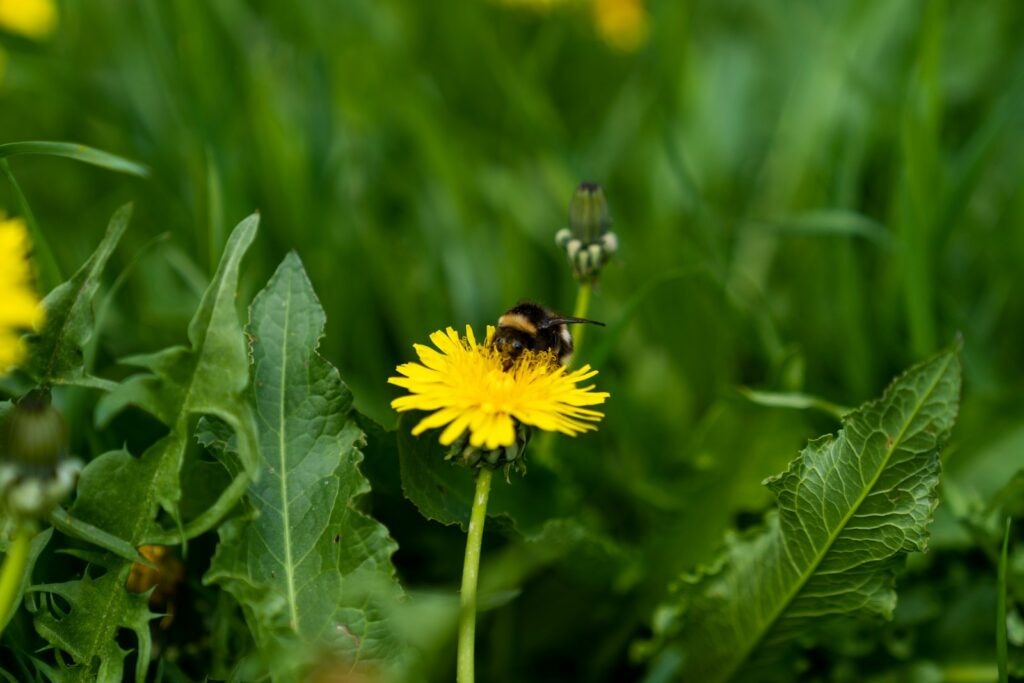

Blackberries (Rubus spp.)
- Unique Characteristics: Blackberries have compound leaves with five to seven leaflets, thorny stems, and cluster of white to pale pink flowers.
- Season: Berries ripen in late summer to early fall.
- Harvesting Tip: Berries should be plump and deep black; they pull free from the plant easily when ripe.
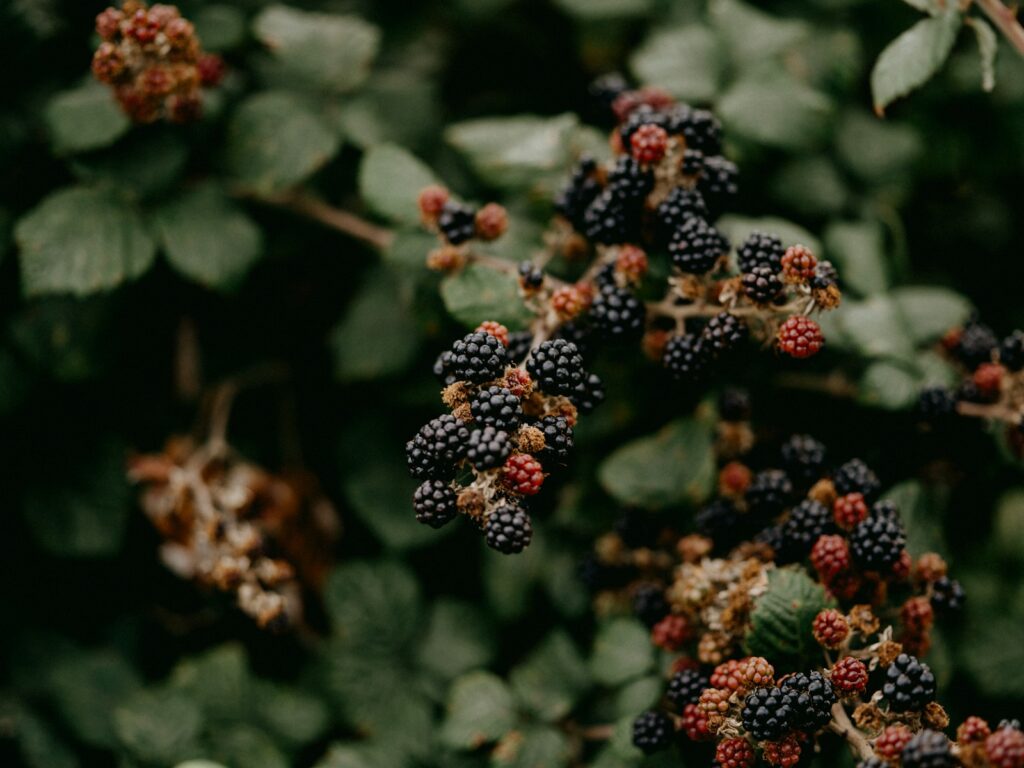

Elderberry (Sambucus nigra)
- Unique Characteristics: Elderberry bushes have compound leaves with five to nine leaflets, cream-colored flowers in large, flat clusters, and bunches of small, dark purple berries.
- Season: Flowers bloom in late spring, and berries ripen in late summer.
- Culinary Use: Flowers are used to make syrups and cordials; berries must be cooked and are excellent in jams, syrups, and wines.
- Safety Tip: Raw berries, leaves, and other parts of the plant contain a cyanide-inducing chemical and must be cooked to be edible.
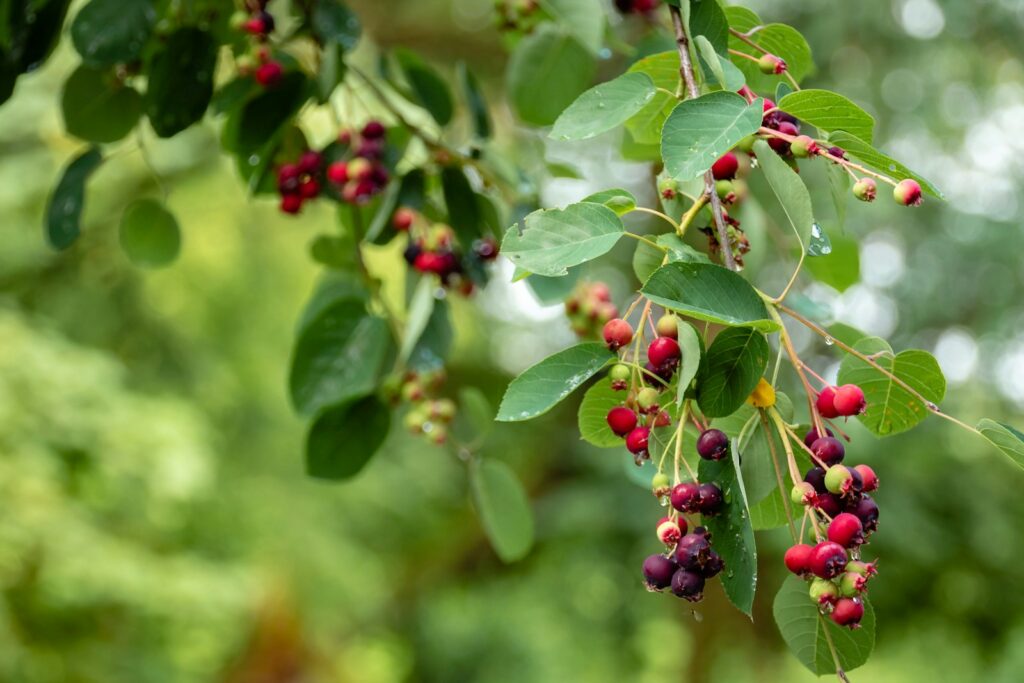

Fiddleheads (Matteuccia struthiopteris)
- Unique Characteristics: The young, tightly coiled fronds of the ostrich fern resemble the scroll on the end of a string instrument. They are covered in a brown papery husk.
- Season: Early spring, as soon as snow melts.
- Culinary Use: Must be washed thoroughly and cooked before eating; they are often sautéed or boiled and have a slightly nutty flavor.
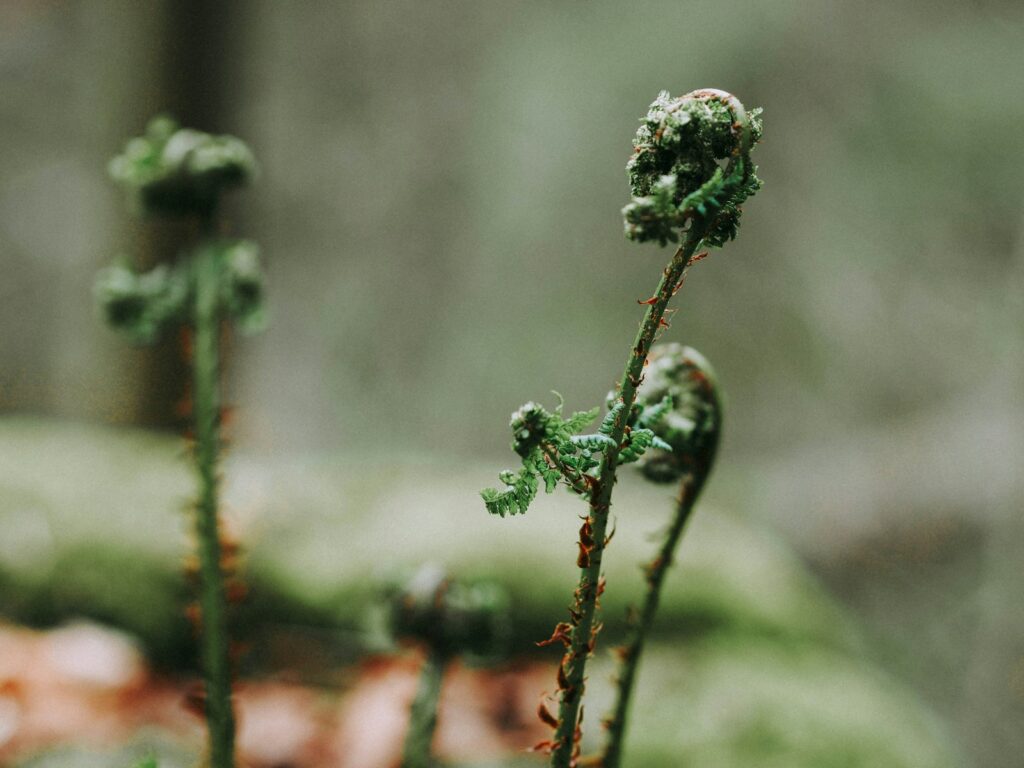

Harvesting Techniques
Using the right tools can make foraging more efficient and sustainable:
- Knives: A good knife is essential for harvesting plants without damaging them.
- Baskets or Bags: Use open-weave baskets or bags to collect your forage, which can help spore distribution for fungi as you move.
Recipes Using Foraged Ingredients
Transform your foraged finds into delightful dishes with these wonderful recipes!
Wild Garlic Pesto
Ingredients:
- 2 cups wild garlic leaves, washed and dried
- 1/2 cup pine nuts, toasted
- 3/4 cup grated Parmesan cheese
- 1/2 cup extra virgin olive oil
- Salt and pepper to taste
- Lemon juice (optional, for added zing)
Instructions:
- In a food processor, combine wild garlic leaves and pine nuts. Pulse until coarsely chopped.
- Add the Parmesan cheese and pulse to blend.
- Slowly drizzle in the olive oil while the processor is running, until the mixture reaches a smooth consistency.
- Season with salt and pepper to taste. Add a few drops of lemon juice if desired for extra freshness.
- Use the pesto as a sauce for pasta, a spread for sandwiches, or a drizzle over grilled vegetables.
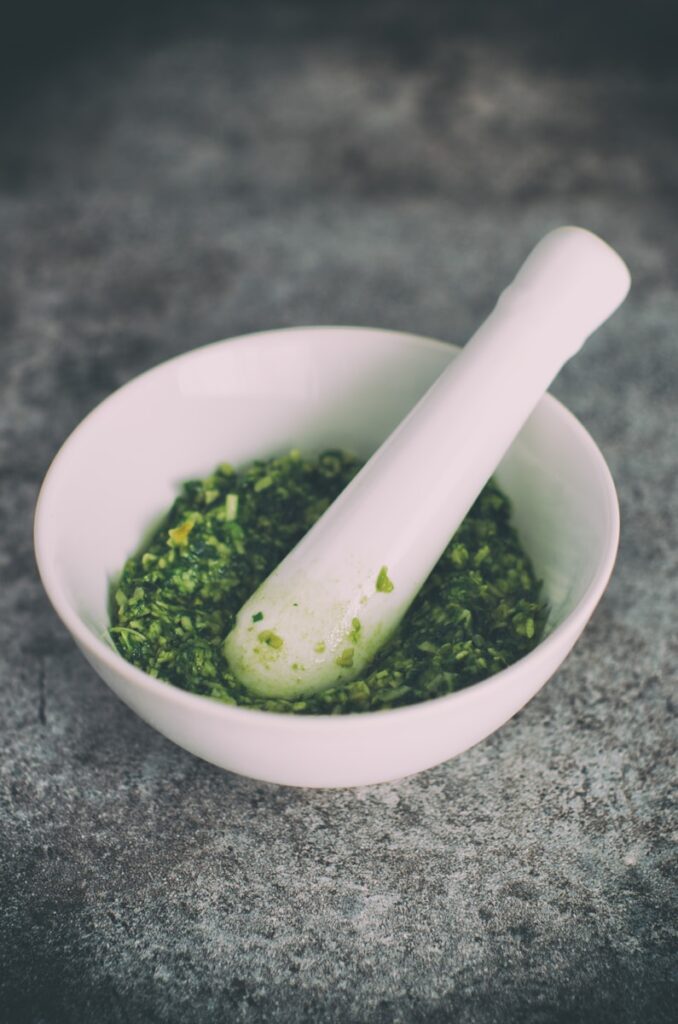

Berry Crumble
Ingredients:
- 4 cups mixed foraged berries (such as blackberries, raspberries, and blueberries)
- 3/4 cup granulated sugar (adjust based on the sweetness of the berries)
- 1 teaspoon vanilla extract
- 1 cup all-purpose flour
- 1/2 cup rolled oats
- 1/2 cup cold unsalted butter, cut into small pieces
- 1/2 teaspoon ground cinnamon
- Pinch of salt
Instructions:
- Preheat your oven to 375°F (190°C).
- In a mixing bowl, toss the berries with half of the sugar and the vanilla extract. Spread the berry mixture in a baking dish.
- In another bowl, combine flour, oats, the remaining sugar, cinnamon, and salt. Add the butter pieces and rub them into the dry ingredients using your fingertips until the mixture resembles coarse crumbs.
- Sprinkle the crumble mixture evenly over the berries.
- Bake in the preheated oven for 35-40 minutes or until the topping is golden brown and the berry juices are bubbling.
- Let cool slightly before serving. This dessert is excellent served warm with a scoop of vanilla ice cream or a dollop of whipped cream.
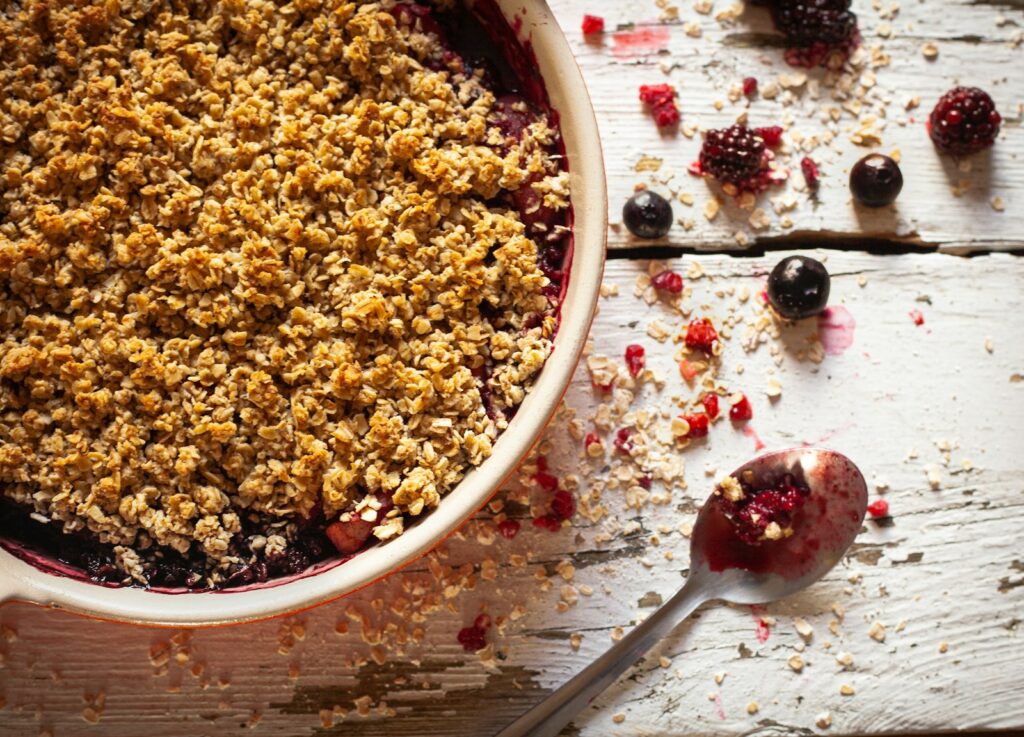

Nettle Soup
Ingredients:
- 1 onion, chopped
- 2 cloves garlic, minced
- 1 potato, peeled and diced
- 4 cups chicken or vegetable stock
- 4 cups young nettle leaves, thoroughly washed and roughly chopped
- Salt and pepper to taste
- Cream (optional, for serving)
Instructions:
- In a large pot, sauté the onion and garlic until translucent.
- Add the diced potato and stock, bringing to a boil before reducing to a simmer until the potato is tender.
- Add the nettle leaves and cook for about 5-7 minutes until they are wilted and tender.
- Using an immersion blender, purée the soup until smooth. Season with salt and pepper.
- Serve hot, with a swirl of cream if desired.
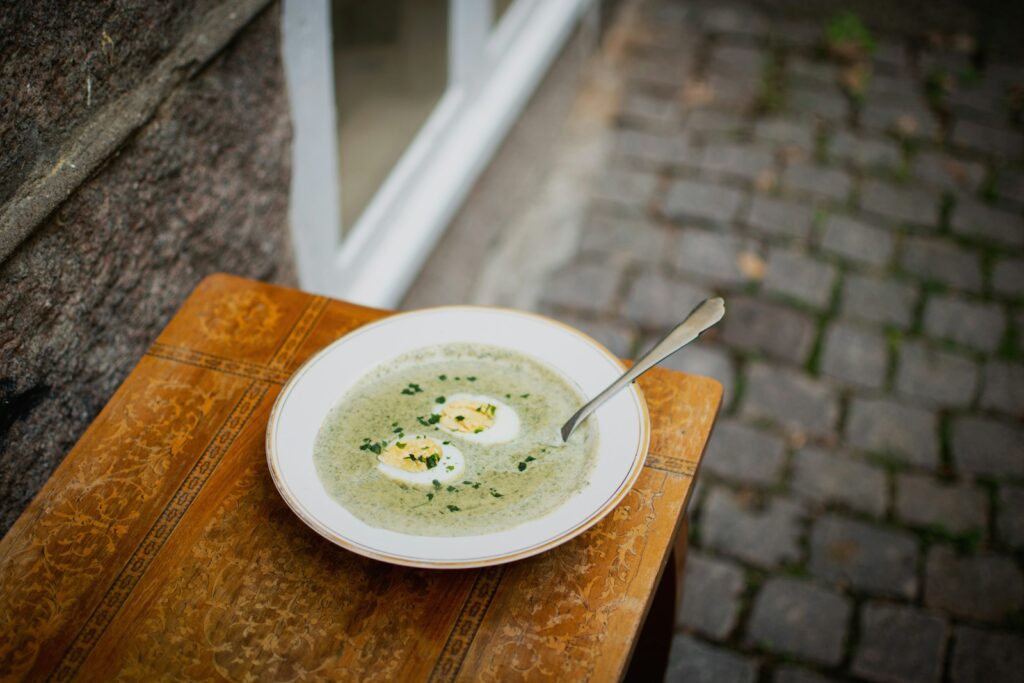

Dandelion Salad
Ingredients:
- 4 cups young dandelion greens, washed and chopped
- 2 tablespoons olive oil
- 1 tablespoon apple cider vinegar
- 1 teaspoon honey
- 1/4 cup chopped nuts (walnuts, almonds, or pecans)
- 1/4 cup dried cranberries or raisins
- Salt and pepper to taste
Instructions:
- In a large salad bowl, combine the dandelion greens with nuts and dried cranberries.
- In a small bowl, whisk together olive oil, apple cider vinegar, and honey. Season with salt and pepper.
- Drizzle the dressing over the greens and toss to coat evenly.
- Serve immediately as a fresh, tangy starter or side dish.
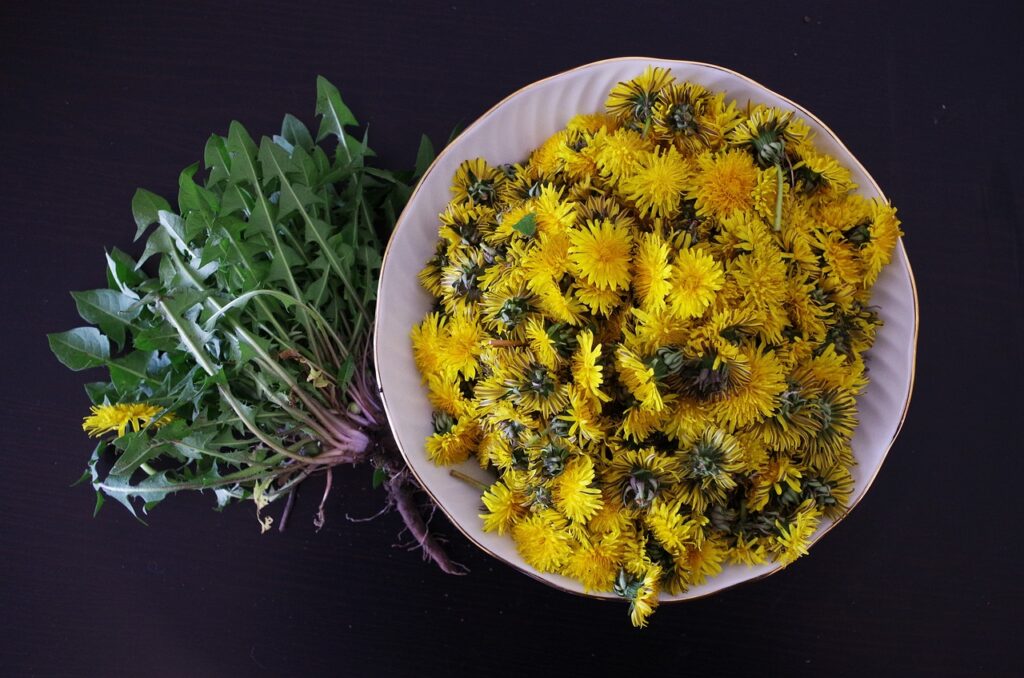

In summary
Foraging is a fantastic way to engage with nature, eat healthily, and even improve your environmental impact. By foraging responsibly, you ensure that ecosystems remain vibrant and that foraging traditions can continue for future generations. So, get outside, and happy foraging!
